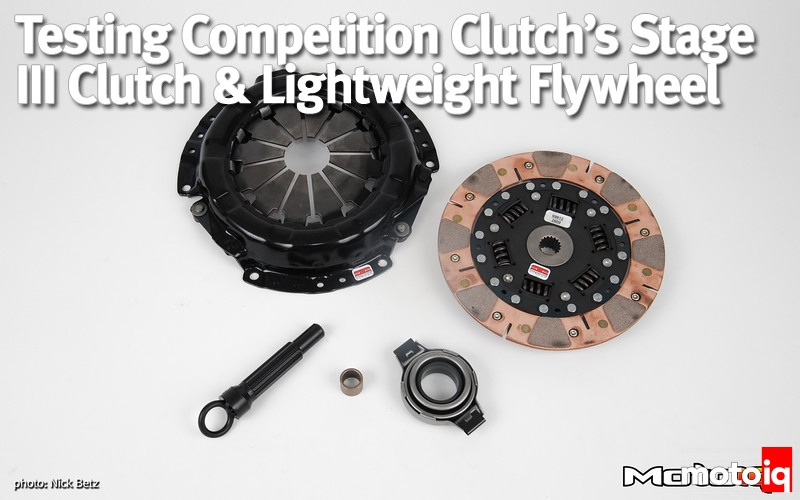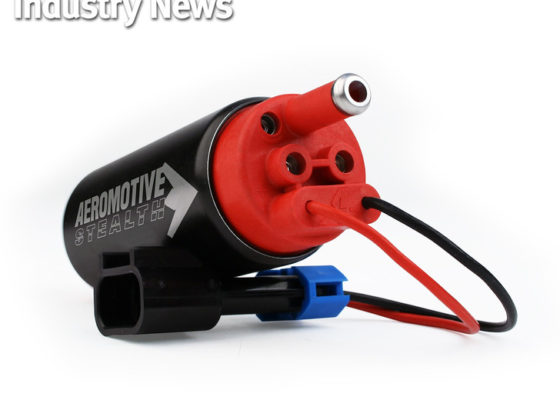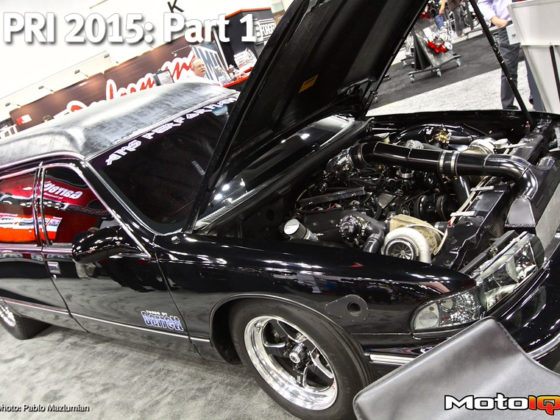,
 The Competition Clutch pressure plate has an all new completely different diaphragm spring that is designed for performance. A lot of other clutch companies simply re heat treat the original diaphragm spring for more stiffness. Competition Clutch’s spring is designed to be stiffer and stamped out of thicker material. The spring has wider fingers which make for higher clamping load that comes in faster in the pedal stroke.
The Competition Clutch pressure plate has an all new completely different diaphragm spring that is designed for performance. A lot of other clutch companies simply re heat treat the original diaphragm spring for more stiffness. Competition Clutch’s spring is designed to be stiffer and stamped out of thicker material. The spring has wider fingers which make for higher clamping load that comes in faster in the pedal stroke. The pressure ring of the clutch disc is made of nodular iron for burst toughness with good frictional and wear properties. The complete clutch weighs 18 lbs.
The pressure ring of the clutch disc is made of nodular iron for burst toughness with good frictional and wear properties. The complete clutch weighs 18 lbs. The clutch uses a strap drive to transfer torque from the pressure ring to the cover. For extra strength, Competition Clutch doubles up on the drive straps with the second strap being twice the thickness of the original strap.
The clutch uses a strap drive to transfer torque from the pressure ring to the cover. For extra strength, Competition Clutch doubles up on the drive straps with the second strap being twice the thickness of the original strap. To keep the pedal effort low even with a stiffer diaphragm spring, the lever ratio of the spring is changed, with the fulcrum of the spring being moved outward so the throwout bearing can get more leverage to bend the spring to release the clutch. The fulcrum is the wire ring retained by the bent tabs on the pressure plate cover. By increasing the leverage ratio, the engagement travel also gets longer which means that it is easier to modulate the clutch from a standing start. By moving the fulcrum, you can have a higher clamping pressure with a stock like pedal effort and smoother engagement.
To keep the pedal effort low even with a stiffer diaphragm spring, the lever ratio of the spring is changed, with the fulcrum of the spring being moved outward so the throwout bearing can get more leverage to bend the spring to release the clutch. The fulcrum is the wire ring retained by the bent tabs on the pressure plate cover. By increasing the leverage ratio, the engagement travel also gets longer which means that it is easier to modulate the clutch from a standing start. By moving the fulcrum, you can have a higher clamping pressure with a stock like pedal effort and smoother engagement. For a flywheel we selected Competition Clutch’s lightweight steel billet flywheel. The flywheel for this application weighs 8.5 lbs which is less than half the weight of stock. 8.5 lbs is light but it is a reasonable compromise that is pretty streetable. A lighter clutch frees up power that would normally be used to spin up the flywheel. This improves acceleration, particularly in the lower gears. A lighter flywheel is also easier on syncros and dogs which allows for faster shifting.
For a flywheel we selected Competition Clutch’s lightweight steel billet flywheel. The flywheel for this application weighs 8.5 lbs which is less than half the weight of stock. 8.5 lbs is light but it is a reasonable compromise that is pretty streetable. A lighter clutch frees up power that would normally be used to spin up the flywheel. This improves acceleration, particularly in the lower gears. A lighter flywheel is also easier on syncros and dogs which allows for faster shifting. The flywheel is one piece with the ring gear machined in place. This prevents it from getting loose, bursting at high rpm and is quieter. You can see that the flywheel is cored out to minimize weight. The holes you see were done when we went and balanced the clutch and flywheel prior to installation.
The flywheel is one piece with the ring gear machined in place. This prevents it from getting loose, bursting at high rpm and is quieter. You can see that the flywheel is cored out to minimize weight. The holes you see were done when we went and balanced the clutch and flywheel prior to installation. You can get a better view of the balancing holes here. The flywheel is machined from tough 4140 steel. This alloy is similar to chromoly but with a higher nickel content which makes it tougher and more ductile. 4140 is typically used for high performance crankshafts, axles and yes, flywheels.
You can get a better view of the balancing holes here. The flywheel is machined from tough 4140 steel. This alloy is similar to chromoly but with a higher nickel content which makes it tougher and more ductile. 4140 is typically used for high performance crankshafts, axles and yes, flywheels.


